Ever wondered which reciprocating saw blade to reach for when your project involves different materials? Buying the right blade for your reciprocating saw is crucial, not just for efficiency, but also for getting safe, clean cuts. Let’s dive into exactly how wood and metal Sawzall blades differ, and how picking the right one makes all the difference.
Introduction to Reciprocating Saw Blades
Reciprocating saw blades are the versatile workhorses of the cutting world. Fitted into a reciprocating saw (often referred to as a Sawzall), these blades move back and forth at high speed to cut through a variety of materials—from soft wood to tough metal. Knowing which blade to use can be the difference between an easy project and a frustrating, time-consuming task.

Each blade is engineered for specific materials and uses. The main distinction is between blades intended for wood and those designed for metal. Understanding these differences means you’ll save time, money, and effort—plus achieve safer, cleaner cuts.
Key Differences Between Wood and Metal Reciprocating Saw Blades
Choosing the right blade isn’t just about grabbing whatever’s on hand. Let’s explore the crucial distinctions between wood and metal reciprocating saw blades.

- Material of the blade
- Teeth per inch (TPI)
- Blade thickness and length
- Tooth design and shape
- Intended use and cutting speed
These differences impact not only how you cut, but also how the blade performs and how long it lasts. Check out our collection of sawzall blades here!
Blade Material
One of the first things you’ll notice is what the blade itself is made of.
- Wood Blades: Usually crafted from high carbon steel (HCS). This material is flexible and durable, perfect for the irregular fibers and grain of wood. It resists bending and copes with the impact of rough cuts.
- Metal Blades: Typically made from high-speed steel (HSS) or bi-metal blends. These are extremely hard, allowing the blade to stay sharp despite the dense, often unforgiving nature of metal. Bi-metal blades combine flexibility with durability to resist breaking or shattering when cutting tough metals.

Choosing the right material ensures your blade won’t dull prematurely or break in the middle of a cut. In this case, since there are metal screws embedded into the wood, we would recommend carbide blades for maximum efficiency.
Teeth Per Inch (TPI)
TPI is one of the most important factors in any sawzall blades. It determines how fast and smooth the blade will cut.
- Wood Sawzall Blades: Generally have a lower TPI, usually between 5 and 10. Fewer, larger teeth mean faster, more aggressive cuts—ideal for softwoods, firewood, and demolition work.
- Metal Blades: Feature a higher TPI, often ranging from 14 to 24 or more. Smaller, more tightly spaced teeth produce smoother cuts and help prevent snagging or binding on hard, dense metal.
Trying to use a low-TPI blade on metal can ruin the blade and the material, while using a high-TPI blade on wood is slow and can clog with sawdust.
Blade Thickness and Length
The size and thickness of the blade influence stability and control.
- Wood Blades: Usually thicker and wider, which increases stability during rapid, aggressive cuts through wood and nails. Standard lengths range from 6 to 12 inches, making them ideal for plunge cuts or thick materials like lumber.
- Metal Blades: Tend to be thinner and narrower, allowing precise, controlled cuts even in tight spaces or when working with thin sheet metal or pipes. Shorter blades (4 to 8 inches) are common for metalwork since shorter length offers better control and reduces vibration.
Using a blade that’s too thin on dense wood can cause unwanted bending or breakage. Conversely, thick blades are harder to guide through metal.

Tooth Design and Shape
Not all reciprocating saw blades have the same tooth geometry.
- Wood Blades: Teeth are designed for fast chip clearance, often with deeper gullets (the space between teeth) for removing wood shavings efficiently. Many wood blades have a hooked tooth design to grip fibers and speed up the cut.
- Metal Blades: Teeth are shallower and often ground finer for minimal chip clearance. The precise tooth shape is meant to chew through metal gradually, avoiding snags or sudden stops.
Choose the tooth shape that matches your work material, or risk damaging both your tool and the workpiece.
Intended Use and Cutting Speed
The right reciprocating saw blades can turn a tricky job into a smooth task.
- Wood Blades: Best for framing, tree limbs, demolition, or remodeling jobs where wood is the main material. They cut quickly but may leave a rough edge.
- Metal Blades: Suited to cutting pipes, conduit, sheet metal, rods, and fasteners. They deliver clean, burr-free edges but cut at a slower pace.
Trying to use the wrong blade wastes energy and time, and even risks injury.
When Should You Use Each Blade Type?

Timing and project specifics are key for choosing reciprocating saw blades.
Wood Blades: Applications and Benefits
Opt for wood sawzall blades if your cut involves:
- Framing lumber
- Pine, cedar, or fir boards
- Tree branches and shrubs
- Plywood and OSB
- Pallets, fences, or decks
Wood blades excel when speed matters more than finish. For this we recommend EZARC Japanese Teeth Reciprocating Saw Blade For Pruning , its fast action and large tooth spacing help you power through nails or rough wood, making them perfect for demolition.
Japanese Teeth 6 TPI Reciprocating Saw Blade
Metal Blades: When Precision Counts
Turn to metal blades if your work involves:
- Steel or aluminum pipes
- Metal conduit or tubing
- Sheet metal (HVAC, roofing, or fencing)
- Bolts, screws, or nails embedded in wood
Metal blades cut more slowly but deliver a controlled result and minimize sparks or jagged edges. If you encounter nails in old wood, consider a bi-metal blade that blends wood- and metal-cutting attributes.
Multi-Material and Specialty Blades
Sometimes, you’ll hit both wood and metal in a single cut. That’s where multi-material, demolition, or bi-metal blades come in.
- Demolition Blades: Tougher, thicker, and designed for the unpredictable. Their hybrid tooth design cuts wood, nails, and some soft metals with ease.
- Bi-Metal Blades: Combines HCS flexibility with HSS durability, offering a versatile solution for projects switching between materials.
These blades are especially handy during remodeling or when cutting through walls or flooring—even if you’re not sure what’s hidden inside.
Maintenance and Safety Tips
Proper care extends the life of your reciprocating saw blades.
- Store blades dry and separated from each other to avoid dulling the teeth.
- Clean sap, resin, or debris from wood blades after use.
- Avoid overheating metal blades by allowing them to cool between cuts.
- Replace blades that are bent, chipped, or have dull teeth—working with a bad blade increases injury risk and reduces efficiency.
Always wear protective gear, including goggles and gloves, while operating a reciprocating saw. To learn more about staying safe while using a reciprocating saw, check out this guide!
Conclusion
Knowing the difference between wood and metal reciprocating saw blades helps you work smarter, safer, and more efficiently. Choose your blade based on the material you’re cutting, and your reciprocating saw will deliver top results every time. Ready to tackle your next project? Make blade selection your first step to success.

 Oscillating Multi-Tool Blades
Oscillating Multi-Tool Blades
 Reciprocating Saw Blades
Reciprocating Saw Blades
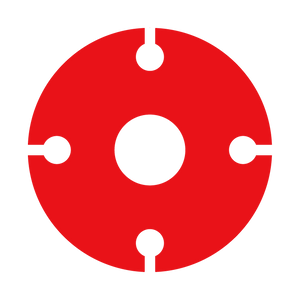 Cutting & Grinding
Cutting & Grinding
 Hole Saw
Hole Saw
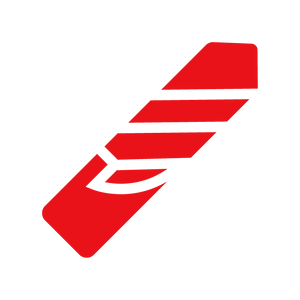 Drilling
Drilling
 Sanding & Polishing
Sanding & Polishing
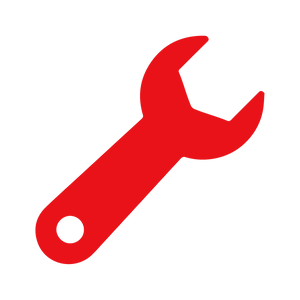 Hand Tools
Hand Tools
 Metal Worker & Fabrication
Metal Worker & Fabrication
 Woodworking & Carpentry
Woodworking & Carpentry
 Electrical & Plumbing
Electrical & Plumbing
 Automotive
Automotive
 Concrete & Masonry
Concrete & Masonry
 Demolition
Demolition
 NEW ARRIVALS
NEW ARRIVALS
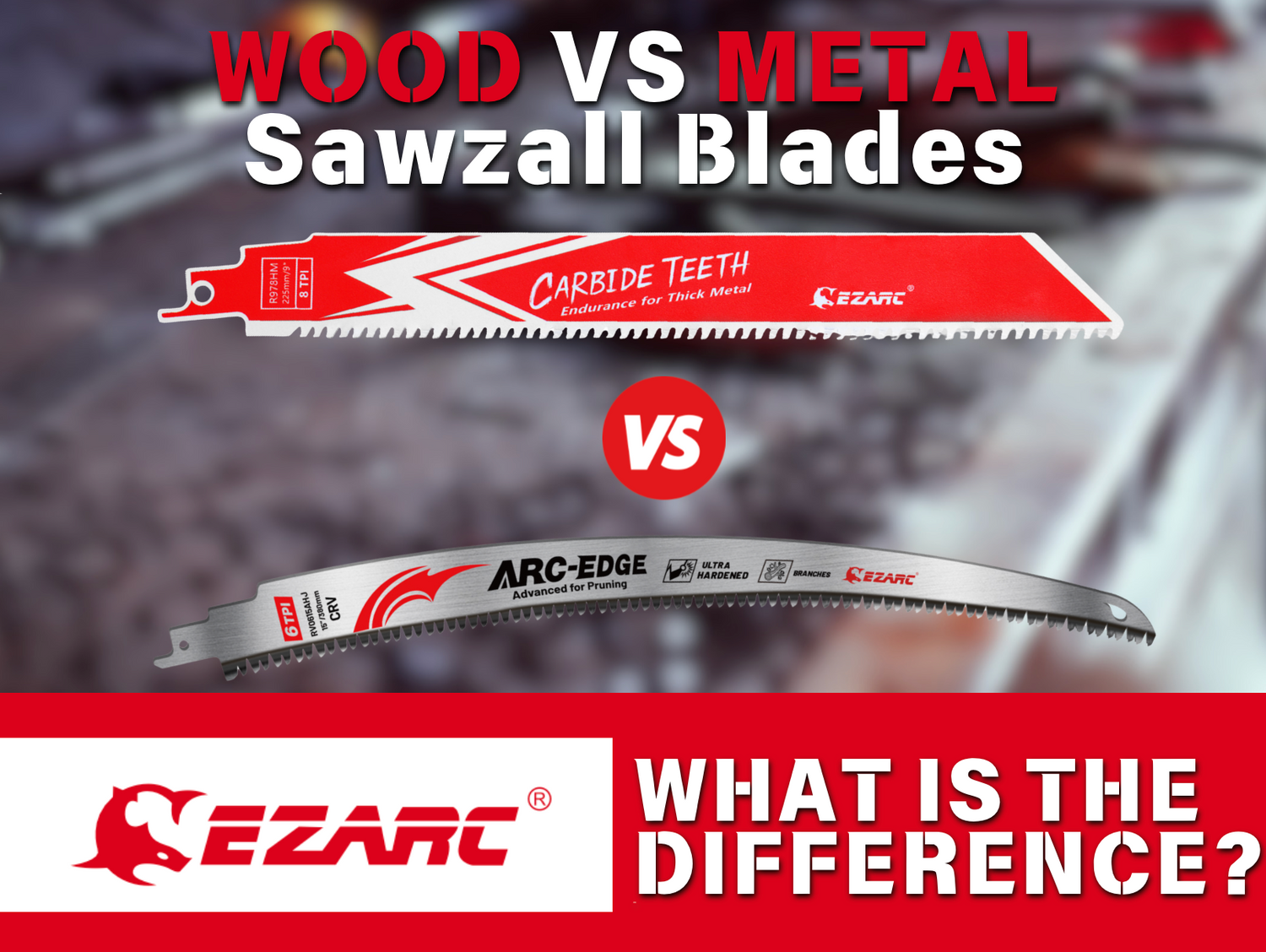
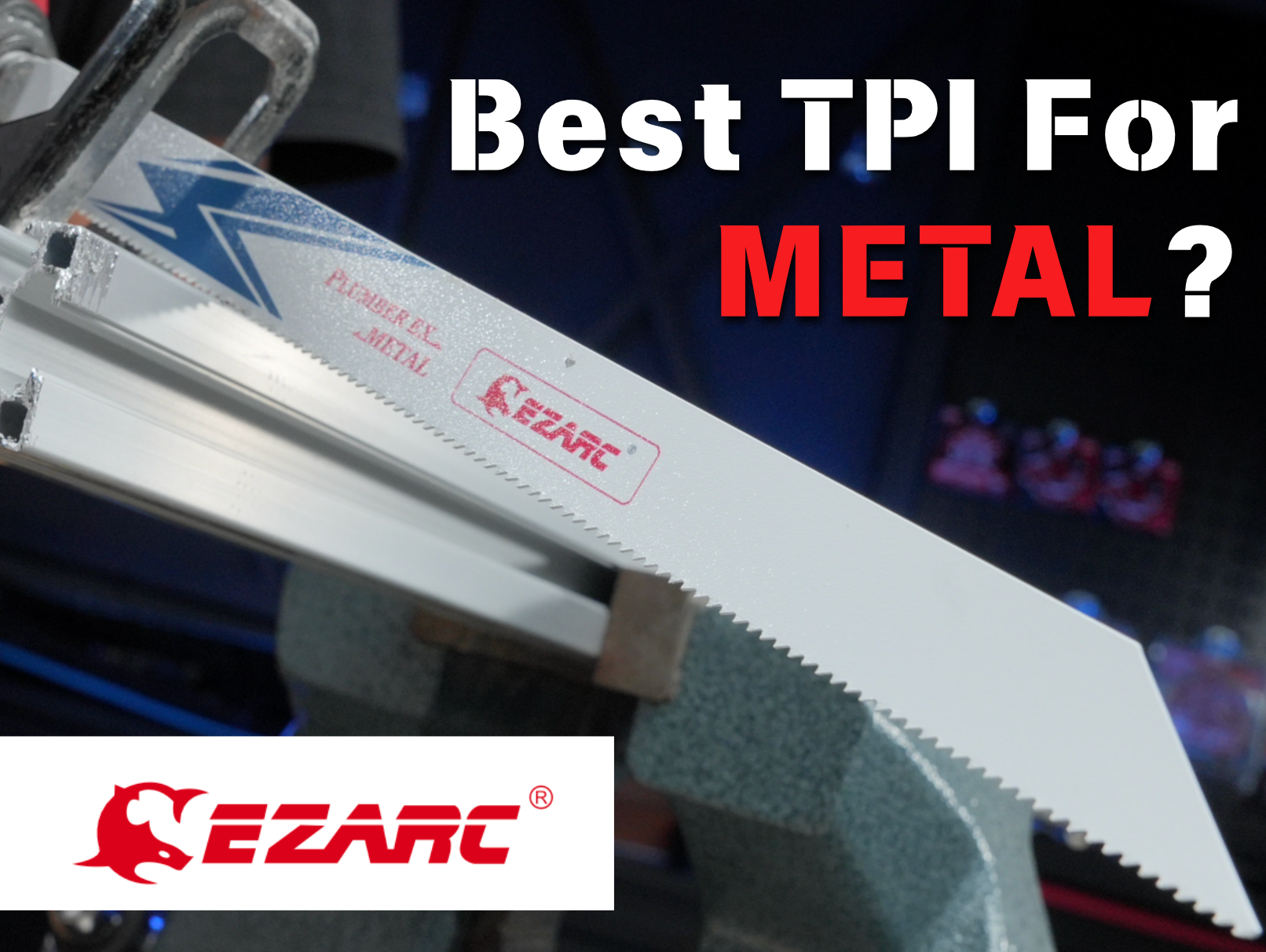
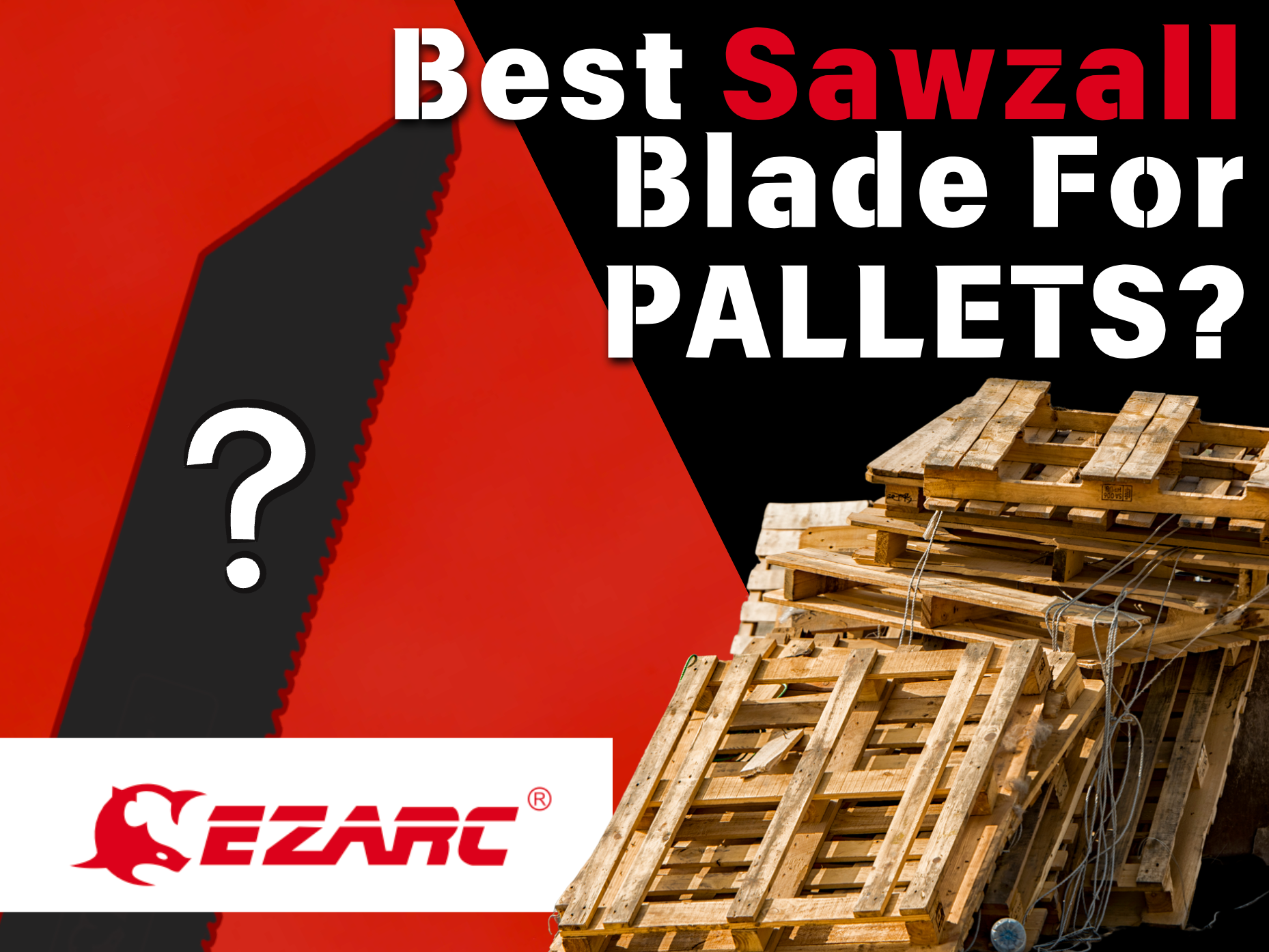
コメントを書く
このサイトはhCaptchaによって保護されており、hCaptchaプライバシーポリシーおよび利用規約が適用されます。